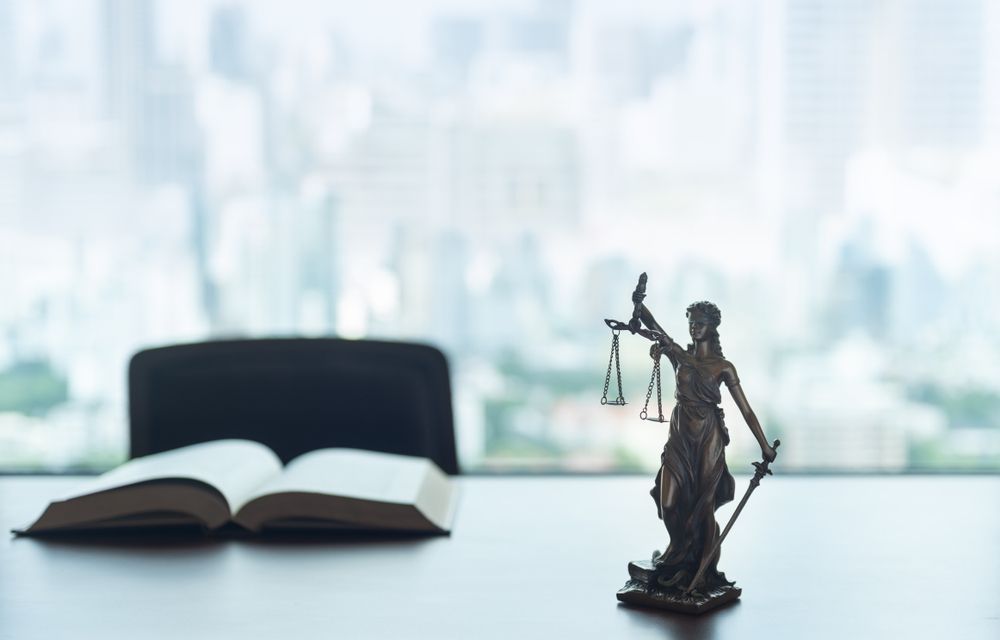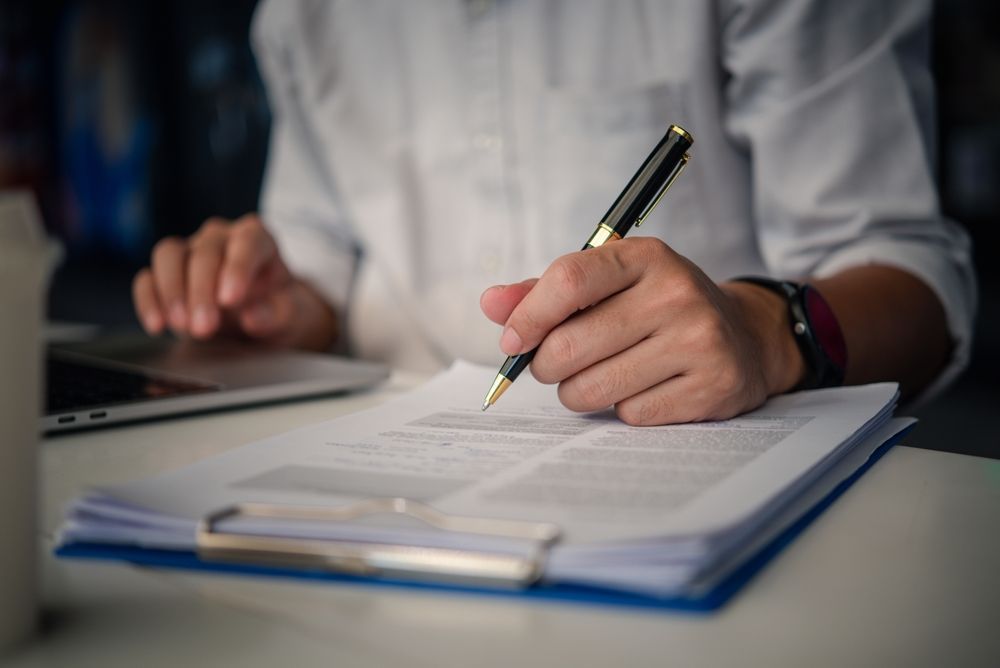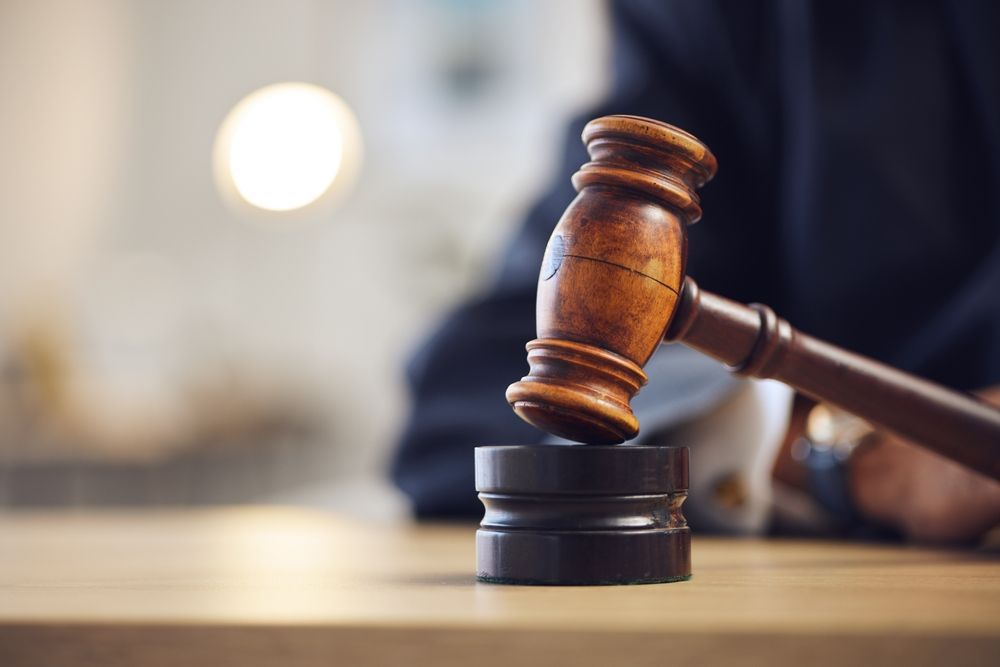Navigating State Laws for Sideswipe Accident Claims: A Guide
Imagine cruising down the freeway just enjoying the day when a reckless driver suddenly smashes into the driver's side, forcing you entirely onto the median or off the road. This is the reality for thousands of sideswipe accident victims. These dangerous collisions happen more frequently due to our area's busy roadways. Knowing the laws governing this type of accident will go a long way toward understanding your options and how to file a successful claim.
Sideswipe accidents can lead to serious injuries and complicated legal battles. Understanding the laws in your state is crucial for navigating these claims effectively. This guide will cover the role of state laws in sideswipe accident claims, how fault is determined, and the differences between no-fault and at-fault insurance systems. By engaging with this content, readers will gain valuable insights into protecting their rights and ensuring they receive the compensation they deserve after a vehicle accident. Whether dealing with the aftermath of a drunk driving incident or seeking testimony for a motor vehicle accident, this guide aims to simplify the process and address common pain points.
Understanding Sideswipe Accidents and Their Legal Implications
Common causes of sideswipe collisions often include distracted driving, improper lane changes, and driving under the influence. Assessing damage and injuries from these accidents, such as potential head injuries, is crucial for understanding the impact on victims. Additionally, determining fault in a traffic collision is vital for successful accident claims, especially when preparing for trial.
Common Causes of Sideswipe Collisions
Common causes of sideswipe collisions often stem from driver recklessness, such as distracted driving or improper lane changes. These actions can lead to severe consequences, including disfigurement or even fatalities, which may result in a wrongful death claim for the victims' families. Gathering expert evidence is essential in these cases to establish fault and support claims, ensuring that victims receive the compensation they deserve for their injuries and losses.
Assessing Damage and Injuries From Sideswipe Incidents
Assessing damage and injuries from sideswipe incidents requires a thorough evaluation of the circumstances surrounding the accident. Victims should gather their medical records to document injuries, as this information is crucial for determining the potential value of a car accident settlement. Additionally, understanding personal injury protection coverage can help victims navigate their claims effectively, ensuring they receive the compensation necessary to address their medical expenses and other losses.
Importance of Fault Determination in Sideswipe Accidents
Determining fault in sideswipe accidents is crucial, especially in states like Long Island, where comparative negligence laws apply. If a driver is found partially at fault for the collision, their compensation may be reduced according to their percentage of liability. Understanding the relevant statutes and how they affect claims can significantly impact the outcome, particularly in cases involving pedestrians or other vehicles at intersections.
The Role of State Laws in Sideswipe Accident Claims
State regulations significantly influence sideswipe accident claims, impacting liability and compensation outcomes. Mandatory insurance requirements vary across jurisdictions, affecting how victims can recover for damages, including soft tissue injuries or surgery. Additionally, understanding the differences between comparative and contributory negligence laws is essential for navigating claims effectively, especially in cases involving bicycle safety.
How State Regulations Influence Your Claim
State regulations play a significant role in shaping the outcome of sideswipe accident claims. For instance, laws regarding motor vehicle insurance requirements can dictate how insurance companies handle claims and the compensation victims may receive. Additionally, understanding the nuances of defensive driving laws and brake usage can help establish fault, especially in cases where employment-related driving is involved, ensuring that victims are adequately compensated for their injuries and losses.
Mandatory Insurance Requirements Across States
Mandatory insurance requirements vary significantly across states, impacting how victims of sideswipe accidents can recover damages. For instance, some states require drivers to carry minimum liability coverage, while others may have no-fault insurance systems that limit the ability to sue for damages unless serious injuries, such as spinal disc herniation, occur. Understanding these regulations is crucial, especially in cases involving distracted driving, like texting while driving, where establishing fault may hinge on evidence from a dashcam or other documentation.
Comparative vs. Contributory Negligence Laws
Understanding the differences between comparative and contributory negligence laws is essential for anyone involved in a sideswipe accident claim. In states that follow comparative negligence, a victim's compensation can be reduced based on their percentage of fault, which can be particularly relevant in cases involving aggressive driving or alcohol intoxication. Conversely, contributory negligence laws may bar recovery entirely if the victim is found to be even slightly at fault, making it crucial for individuals to navigate these legal frameworks carefully to ensure they receive fair compensation for their personal injury claims.
Fault Determination Variations by State
Understanding fault determination variations by state is essential for navigating sideswipe accident claims. This section will cover at-fault states and their impact on claims, the concept of no-fault states, and how pure comparative negligence affects compensation. Additionally, it will explain joint and several liability, providing practical insights for victims seeking legal aid in their pursuit of justice.
Navigating at-Fault States and Their Impact on Claims
Navigating at-fault states can significantly impact the outcome of a car accident case involving sideswipe collisions. In these jurisdictions, the driver deemed responsible for the accident is liable for damages, which can include medical expenses, lost wages, and property damage. Victims must file a complaint against the at-fault driver to pursue a settlement, making it essential to gather evidence and documentation to support their claims effectively.
Understanding No-Fault States for Sideswipe Accidents
No-fault states simplify the process for victims of sideswipe accidents by allowing them to seek compensation for medical expenses and pain and suffering without needing to prove fault. In these jurisdictions, each driver's insurance covers their own damages, which can help mitigate financial risk associated with car accident cases. However, victims may still face fees for legal representation if they choose to pursue additional claims, especially in cases involving significant injuries or the deployment of safety features like airbags.
Role of Pure Comparative Negligence in Your Claim
In personal injury cases involving sideswipe accidents, the role of pure comparative negligence can significantly affect the outcome of a car accident lawsuit. In states that follow this legal principle, a victim's compensation is reduced by their percentage of fault, which can be particularly relevant in incidents involving distracted driving on highways. Understanding how this system works is essential for victims, as it allows them to assess their accessibility to compensation based on their involvement in the accident, ensuring they are prepared for the legal process ahead.
Joint and Several Liability Explained
Joint and several liability is a legal principle that can significantly impact victims of car accidents, including sideswipe incidents. Under this rule, if multiple parties are found liable for an accident, each party can be held responsible for the full amount of damages, regardless of their individual share of fault. For example, if a victim suffers a back injury due to a sideswipe collision caused by two drivers, they can pursue compensation from either driver, making it crucial for law enforcement to accurately assess fault at the scene to ensure fair recovery for injuries sustained.
Statutes of Limitations for Filing Sideswipe Accident Claims
Time limits for filing sideswipe accident claims vary by state, impacting how victims pursue compensation for car accident injuries. Exceptions to these statutes may apply, allowing for extended deadlines in certain situations. Missing these filing deadlines can lead to significant risks, including the inability to recover damages from an insurance company, making it essential for victims to understand their rights and obligations.
Time Limits for Filing Claims in Different States
Time limits for filing claims after a sideswipe accident vary significantly across states, impacting how victims pursue compensation for their injuries. For instance, some states allow only one year to file a claim, while others may extend this period to three years or more, depending on the circumstances of the car crash. Understanding these statutes of limitations is crucial, especially in cases involving hit and run incidents or claims for loss of consortium, as missing the deadline can prevent victims from recovering damages related to their traffic injuries.
Exceptions to Statutes of Limitations
Exceptions to statutes of limitations can significantly impact victims of sideswipe accidents, particularly in cases involving serious injuries like a concussion. For instance, if a victim was incapacitated due to reckless driving or if the accident occurred at a traffic light, the time limit for filing a tort claim may be extended. Understanding these exceptions is crucial, as they can provide additional time for victims to gather necessary evidence and pursue compensation for their injuries, ensuring they do not miss out on their rightful claims.
Consequences of Missing Filing Deadlines
Missing filing deadlines for a sideswipe accident claim can lead to significant distress for victims, as it may result in the inability to recover damages for injuries sustained, such as a spinal cord injury. For instance, if a driver involved in a sideswipe car incident fails to file within the designated time frame, they may lose their right to compensation, even if the other party was at fault, such as in cases involving text messaging while driving. Understanding the importance of these deadlines is crucial for victims to ensure they can pursue their rightful claims and receive the support they need for recovery.
No-Fault vs. At-Fault Insurance Systems
Understanding the differences between no-fault and at-fault insurance systems is essential for navigating sideswipe accident claims. Personal Injury Protection (PIP) can significantly affect how victims recover damages. In no-fault states, suing is allowed under specific circumstances, while at-fault states require strategies to maximize claims, especially in cases involving negligence by a truck driver or establishments like a dram shop.
How Personal Injury Protection Affects Your Claim
Personal Injury Protection (PIP) plays a critical role in how victims of sideswipe accidents recover damages. In no-fault states, PIP coverage allows individuals to claim medical expenses and lost wages without needing to prove fault, which can be especially beneficial for those suffering from severe injuries, such as amputation. Engaging a knowledgeable lawyer can help victims navigate their rights under PIP, ensuring they receive appropriate compensation for their suffering and any punitive damages that may arise from the other party's breach of duty of care.
Suing in No-Fault States: When Is It Allowed?
Suing in no-fault states is generally limited to specific circumstances, primarily when serious injuries occur. For instance, if a victim suffers significant harm due to drowsy driving or other reckless behaviors, they may have grounds to pursue a lawsuit beyond the no-fault insurance coverage. Understanding these exceptions is crucial for individuals navigating car accident claims, as it can lead to a favorable verdict that addresses their stress and financial burdens related to their injury.
Strategies for Maximizing Claims in at-Fault States
To maximize claims in at-fault states, victims of sideswipe accidents should focus on gathering comprehensive evidence to support their case. This includes documenting medical records that detail injuries such as brain damage or soft tissue injuries, as well as any relevant police reports that indicate fault. Additionally, understanding the specifics of the insurance policy involved can help victims negotiate effectively for damages, especially if the other driver was under the influence of drugs at the time of the accident.
Protecting Your Rights After a Sideswipe Accident
After a sideswipe accident, taking immediate steps is essential to protect one's rights. Victims should gather evidence to support their claim, including documentation of injuries like neck pain. Reporting the accident to authorities and insurers is crucial, as is consulting legal experts familiar with state laws to navigate the burden of proof against the defendant. This guide will explore these vital actions in detail.
Steps to Take Immediately Following the Collision
After a sideswipe accident, it is crucial for the car accident victim to take immediate steps to protect their rights. First, documenting the scene, including any property damage and injuries, can provide essential evidence for a car accident claim. Additionally, consulting with a legal expert who works on a contingent fee basis can help victims navigate the complexities of their case, ensuring they do not face the failure of missing critical deadlines or evidence that could impact their compensation.
Gathering Evidence to Support Your Claim
Gathering evidence to support a claim after a sideswipe accident is essential for the plaintiff's case in court. This includes collecting witness statements, photographs of the accident scene, and any relevant police reports. Such documentation can significantly influence a jury's perception of the case, helping to establish liability and strengthen the lawsuit against the at-fault driver.
Reporting the Accident to Authorities and Insurers
Reporting the accident to authorities and insurers is a critical step in protecting rights after a sideswipe incident. Victims should promptly contact local law enforcement to document the collision, as an official report can provide essential evidence for any future claims. Additionally, notifying insurance companies about the accident ensures that medical expenses and potential damages related to nerve injuries or vehicle repairs are addressed, which can significantly impact the percentage of compensation received in a claim.
Consulting Legal Experts Familiar With State Laws
Consulting legal experts familiar with state laws is essential for victims of sideswipe accidents. These professionals can provide guidance on how to navigate complex legal processes, especially when dealing with injuries such as bone fractures or tissue damage. They can also assist in preparing for depositions and understanding the implications of property damage claims, ensuring that victims receive the compensation they deserve for medical expenses, including treatment for bleeding or other serious injuries.
Recent Posts





GET A FREE CONSULTATION TODAY
INJURED? TAKE YOUR LIFE BACK!
Zdrilich Injury Law is committed to helping injured Georgians receive the money they need to recover physically and financially after an accident.
